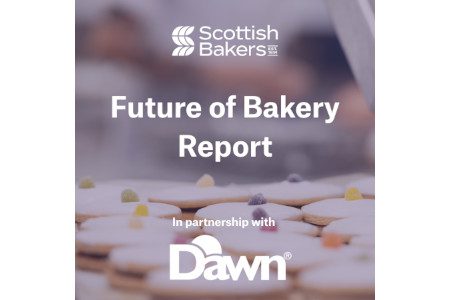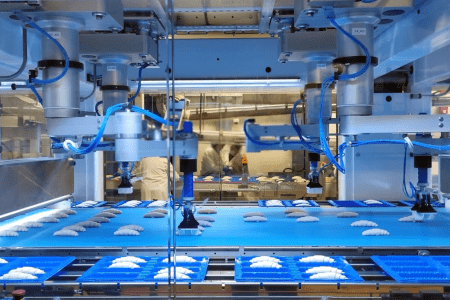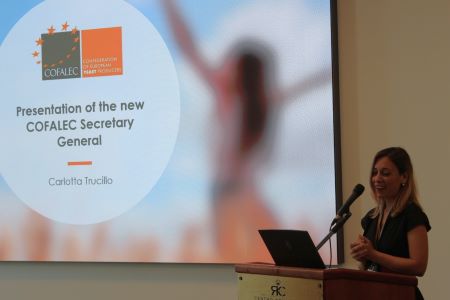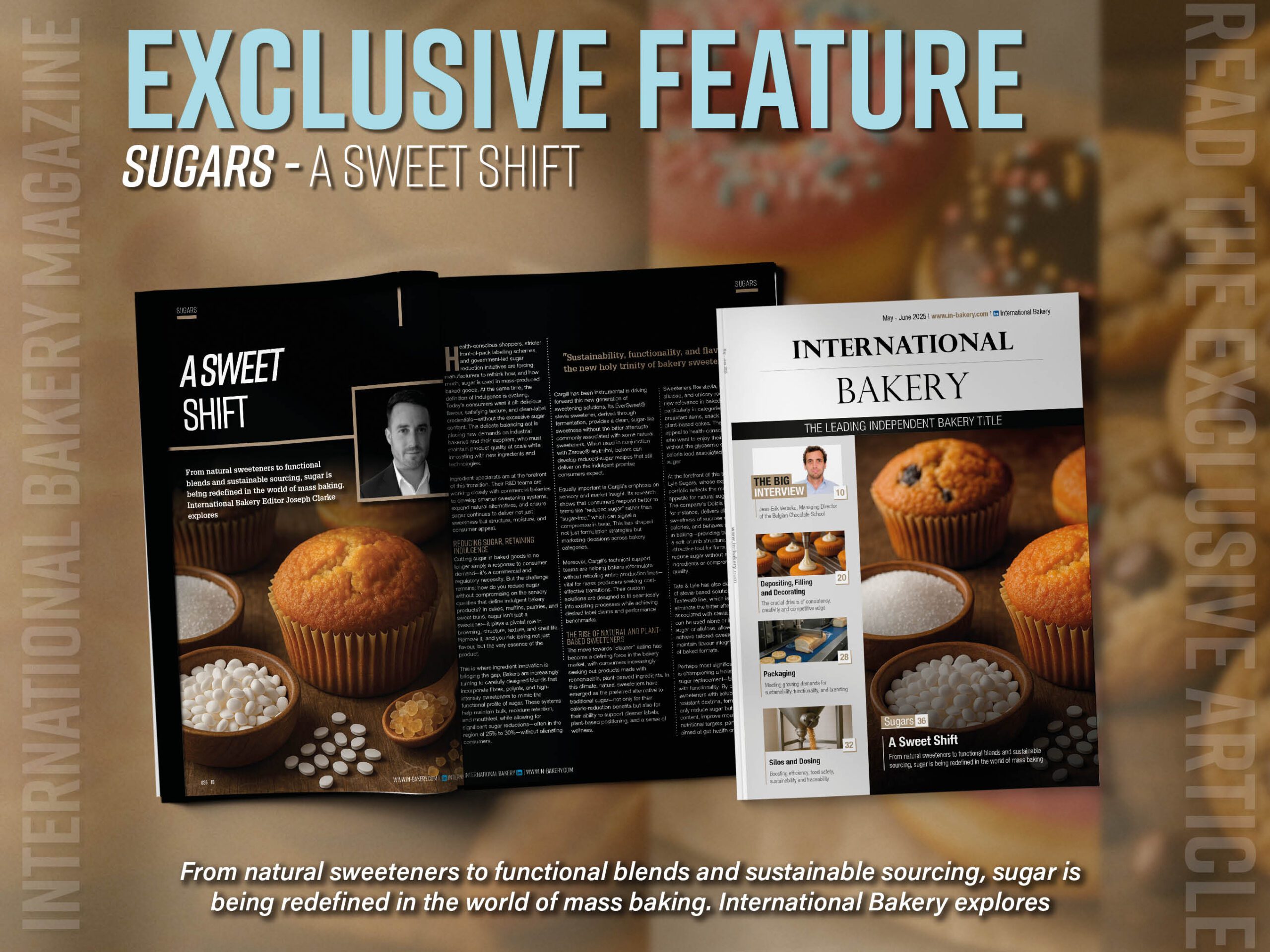Arla Foods Ingredients has achieved CO2 savings of around 60,000 tonnes a year by using energy from biogas. Meanwhile, the company is investing in its dry blend lactose production capacity, helping infant formula manufacturers cut their emissions by as much as 25%.
The two initiatives are part of Green Ambition 2050, the sustainability strategy of parent company, Arla Foods amba, which aims to become carbon net-zero by 2050.
Switch to renewables cuts emissions
Arla Foods Ingredients and Arla Foods amba have received methane from a biogas plant since 2019. The biomass it processes primarily comprises manure from Arla farms, as well as production waste.
At each of Arla Foods Ingredients’ two largest production plants, there are two 4000 horsepower biogas engines. They convert the methane into over 50 GWh of electricity each year – equivalent to the amount used by 11,600 households.
In 2019, CO2 emissions from the two plants totaled 105,000 tonnes. Without the use of biogas, they would have emitted 167,000 – a reduction of 62,000 tonnes. A similar saving is forecast for 2020, despite increased production.
Now greener sources such as biogas supply over 30% of the energy needs of the company’s production facilities in Denmark.
Henrik Andersen, CEO at Arla Foods Ingredients, said: “Sustainability is part of our DNA. Arla Foods Ingredients has always been an example of a circular economy because we convert whey, which used to be considered waste, into high-value food and nutrition products. Now we’re taking new steps to reduce our carbon footprint and help protect the environment for future generations. Reducing our use of fossil fuels and investing in greener energy sources such as biogas is an essential element of this ambition.”
Dry blend lactose – quality and energy efficiency
Arla Foods Ingredients is also committed to helping customers meet their own sustainability goals. For example, it offers a dry blend lactose that helps infant formula manufacturers reduce their energy usage.
Lactose is usually supplied in a wet blend which has to be heat-treated and spray-dried before packaging – a highly energy-intensive process. To support more sustainable production, Arla Foods Ingredients offers a dry blend version which can be added after the other ingredients have been mixed.
Because manufacturers do not need to dissolve the blend and spray-dry it again, they can reduce their CO2 emissions by as much as 25% – or up to 150kg of CO2 per ton of finished product. Arla Foods Ingredients estimates total CO2 savings from customers using its dry blend lactose to be as high as 24,400 tonnes.
In addition to saving energy, manufacturers can dramatically increase their output without significant capital investment. Furthermore, the quality and food safety requirements for dry blend lactose are among the most rigorous in the industry, leading to consistent high standards across production batches.
Henrik Andersen said: “Like us, our customers are increasingly focused on becoming more energy-efficient, and the use of dry blend lactose is a great way for formula manufacturers to reduce their emissions. By increasing the amount we’re able to offer them, we hope to help them meet their sustainability goals, as well as guaranteeing consistent quality.”
To stay up to date on the latest, trends, innovations, people news and company updates within the global bakery market please register to receive our newsletter here
Media contact
Kiran Grewal
Editor, International Bakery
Tel: +44 (0) 1622 823 922
Email: editor@in-bakery.com






